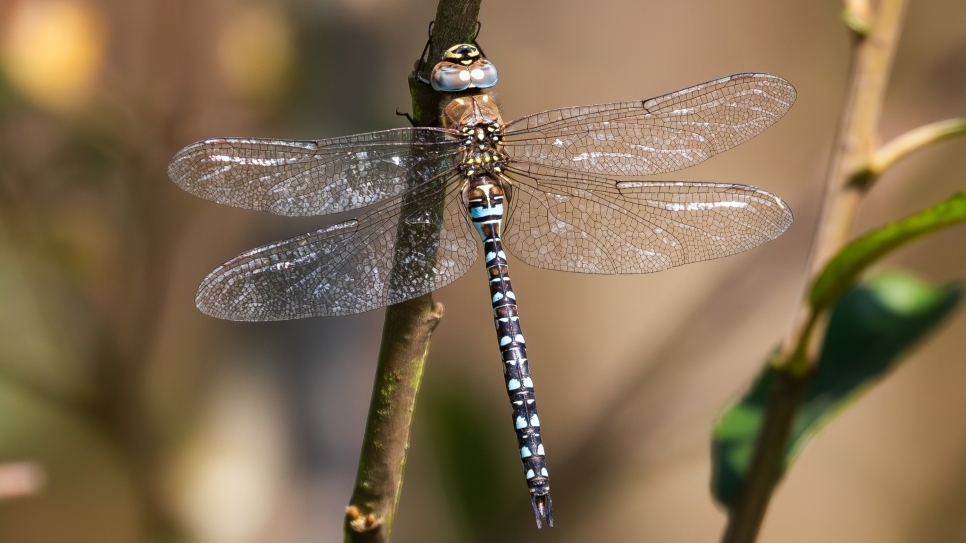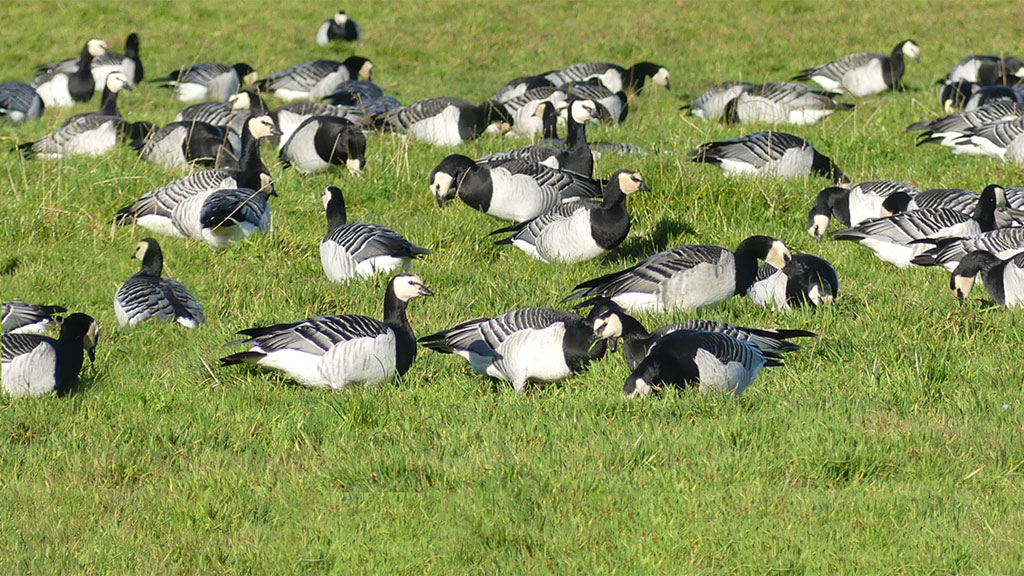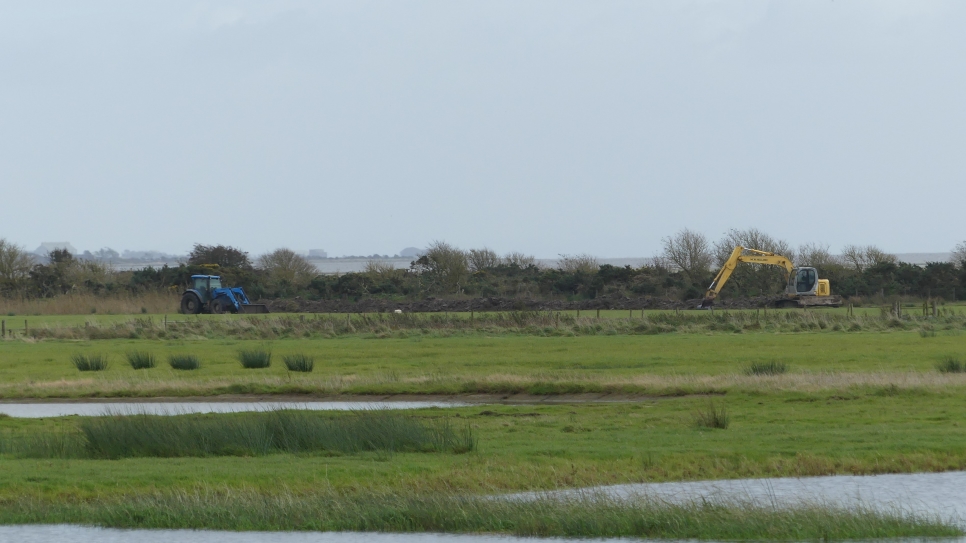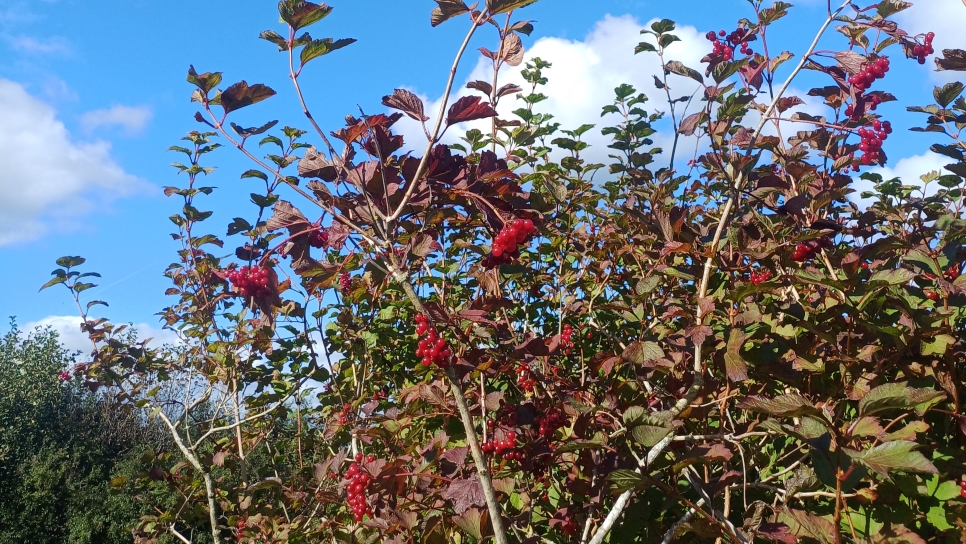Dragonfly Photography Competition: Top Tips

We are on the hunt for the best photo of a dragonfly at WWT Caerlaverock. Will it be yours?
There are lots of photo opportunities on the reserve, regardless of how sophisticated your mobile or camera is, and we are entering the summer months which are the best to spot dragonflies. They are particularly active on warm, sunny days and tend to hunt when temperatures are at their highest.
Here is some information and top tips for capturing the best dragonfly shot at WWT Caerlaverock.
Top tip: before you start exploring make sure to ask the staff in the Visitor Centre for the latest sightings on the reserve.
Requiring water to breed, dragonflies can be found near freshwater habitats like ponds, rivers, and marshes. Although likely to see them across the reserve, the vegetation and ponds along the summer meadow trail provide great dragonfly habitat and spotting opportunities. Look out at the Teal Pond next to the wetland writing chest where they perch on coppiced willow.
Top tip: don’t just look forward, make sure to look in the undergrowth, along the side of hedges, and on vegetation along the water’s edge.
Dragonflies prey on small insects, like flies and midges, and their flying skills allow them to catch these insects mid-air.
Top tip: stop and pause, this allows more time for species to pass you and settle.
Here’s some advice from our volunteer photographer Peter:
To make a great photo, think about the background. Ideally, you want a shot where the dragonfly stands out from a blurred background without any distracting elements. You could think of getting low and taking a shot against the sky, but that isn’t always possible. Alternately, with a background of greenery, if you’re using a camera, set the lens to as wide an aperture as you can, which will blur the background. With a phone, many have a portrait mode that does the same thing.
For more information on the competition and how to enter, click here.
We appreciate that you will want to get the best shot but please be mindful and respectful of the wildlife, stick to the paths and do not cause unnecessary disturbance.
Words by Saoirse Murphy-Collot and Peter Jordan
Picture by Brian Taylor



